Auto sales jump 67% year-on-year
Surge comes on low base; rise 22% MoM, reaching 17,174 units in September
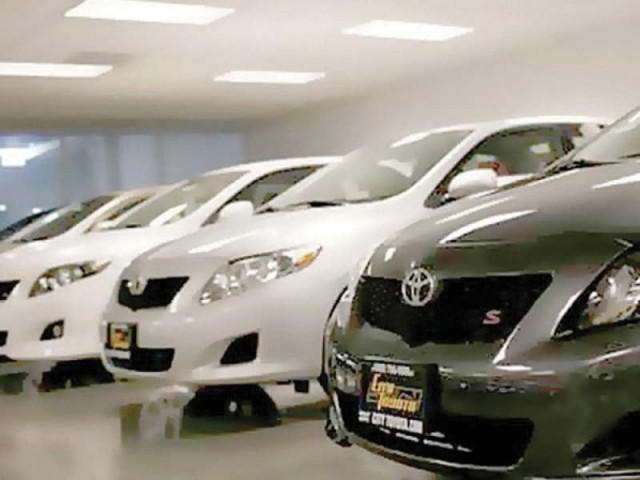
Pakistan's automobile industry continued its strong recovery trajectory in September 2025, with total passenger car, LCV, van, and jeep sales surging 22% month-on-month (MoM) and 67% year-on-year (YoY) to 17,174 units, according to data released by the Pakistan Automotive Manufacturers Association (PAMA).
Industry experts attribute the upturn to a more stable macroeconomic environment, easing inflation, lower interest rates, and improved consumer confidence, which have collectively spurred demand across all vehicle categories, but the jump seems stark owing to low bas.
Cumulatively, car sales during the first quarter of FY26 (July-September 2025) stood at 42,267 units, reflecting a robust 53% YoY rise compared to 27,585 units in the same period last year.
Honda Atlas Cars (HCAR) led the recovery with an impressive 115% MoM and 82% YoY surge in sales to 2,307 units in September. The company's flagship models, Civic and City, saw demand soar by 73% YoY and 2.8 times MoM to 1,977 units, while the BR-V and HR-V lineup increased 2.6x YoY despite a 12% MoM dip to 330 units.
Pak Suzuki Motor Company (PSMC) maintained its dominance in the small car segment, posting 26% MoM and 79% YoY growth to 8,997 units. Its popular Alto model saw a 50% YoY and 13% MoM increase, while Cultus, Swift, and Ravi recorded strong YoY gains of 7.3 times, 2.3 times, and 4.3 times, respectively.
Indus Motor Company (IMC), the assembler of Toyota vehicles, reported 33% YoY growth but a 7% MoM decline to 3,152 units, mainly due to weaker demand for Fortuner and Hilux models. Meanwhile, Hyundai Nishat recorded a 56% YoY increase but slipped 3% MoM to 1,175 units.
Sazgar Engineering (SAZEW) stood out with 73% YoY and 36% MoM growth to 1,429 units, driven by strong demand for its recently launched HAVAL H6 PHEV variant, signalling growing interest in hybrid and plug-in hybrid vehicles.
The commercial transport sector also exhibited strong signs of recovery. Truck and bus sales surged 2.6 times YoY and 24% MoM to 824 units, their highest in nearly eight years. Cumulative sales for 1QFY26 reached 1,864 units, up from 926 units a year earlier, reflecting increased logistics and infrastructure activity.
However, the agricultural sector continued to struggle. Tractor sales fell 27% YoY and 21% MoM to 790 units amid weak farm economics and lingering flood-related challenges. Despite the slowdown, production of 2,077 units in September suggests potential for recovery in the coming months as the government introduces supportive agri policies and tractor financing schemes.
In the two- and three-wheeler segment, total sales rose 7% MoM and 21% YoY to 158,941 units, driven by affordable mobility demand and improving rural purchasing power. Atlas Honda (ATLH), the country's largest motorcycle manufacturer, achieved its highest-ever monthly sales of 136,000 units, representing a 7% MoM increase. Three-wheeler sales, however, declined 14% MoM due to rising competition from low-cost motorcycles and new market entrants.
Auto industry expert Mashood Ali Khan noted that the industry, once operating far below its benchmark annual volume of 200,000-250,000 cars, is gradually regaining strength. "Last fiscal year, which ended in June 2025, total sales were close to 150,000 units. If this momentum continues, we can expect to reach or even exceed 200,000 units this year," he added.
However, Khan warned that used car imports remain a major threat to the local auto industry. "If one imported car costs $7,000 and we import 10,000 cars a month, that's $70 million going out — nearly $1 billion annually," he explained. "The government must review import policies to protect local manufacturers and conserve foreign exchange reserves."
He also stressed that building industry confidence through policy consistency is crucial. "Today, Pakistan has over 15 active auto players, compared to just three a few years ago. This diversification can create immense opportunities for local parts manufacturers, but only if the government supports localisation and technology transfer."

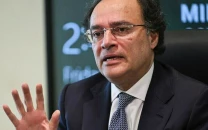
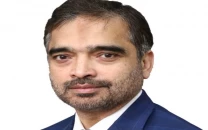
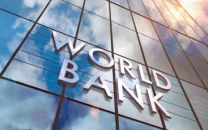

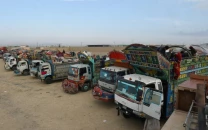
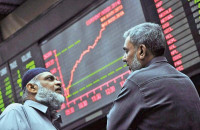
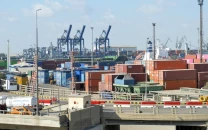
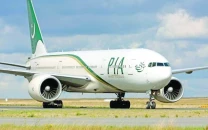
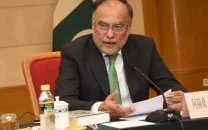

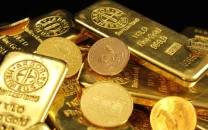
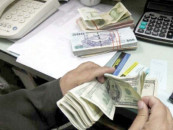
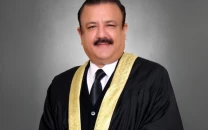
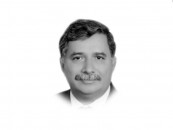
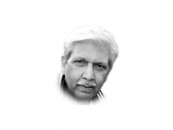




COMMENTS (1)
Comments are moderated and generally will be posted if they are on-topic and not abusive.
For more information, please see our Comments FAQ